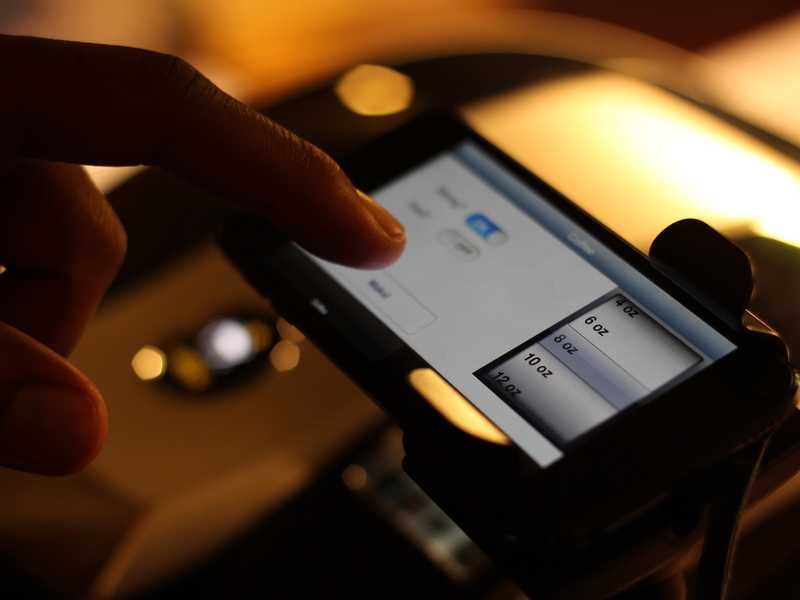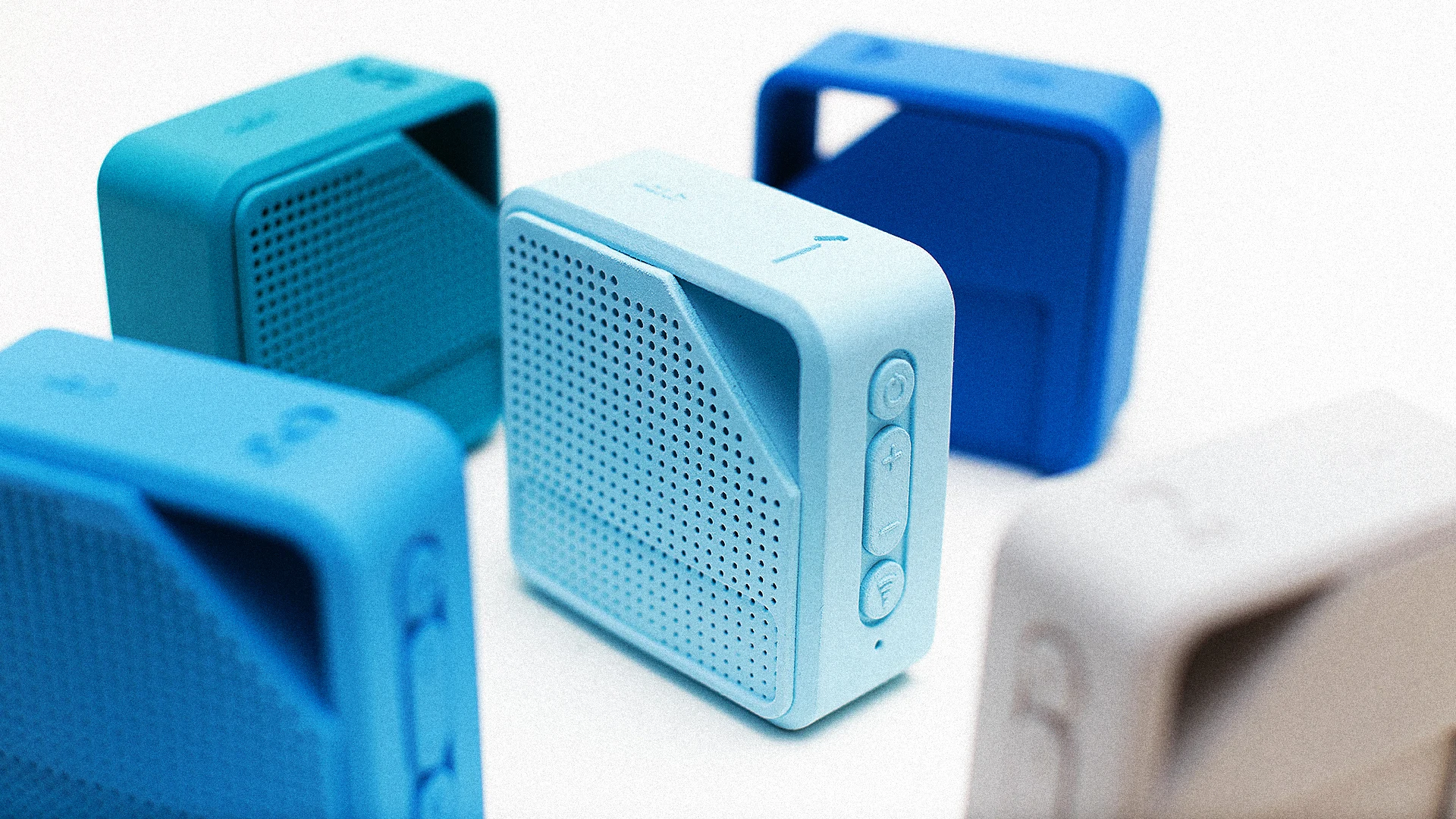Explore Smart Glasses for the Visually Impaired and Their Benefits
Explore Smart Glasses for the Visually Impaired and Their Benefits
Blog Article
Empowering Self-reliance With Assistive Innovation for the Blind
The combination of assistive innovation into the lives of individuals with aesthetic impairments stands for a substantial advancement in promoting independence and self-sufficiency. From cutting-edge screen readers to innovative wise canes, these tools not only improve daily navigating and interaction yet likewise encourage individuals to engage meaningfully in numerous aspects of life. As we explore the myriad benefits and real-world applications of these technologies, it becomes important to analyze the underlying aspects that add to their efficiency and the potential for future advancements in this essential field.
Introduction of Assistive Innovation

The advancement of assistive innovation is based in principles of inclusivity and empowerment. Developments in software application, hardware, and sensory enhancements supply users with choices customized to their details demands. From screen viewers that convert message to speech, to responsive gadgets that communicate details through touch, these devices transform the means people involve with their surroundings.
In addition to practical applications, assistive modern technology cultivates greater social addition and participation in different sectors, consisting of education and employment (Speech-to-text devices for low vision). As r & d continue to progress, the capacity for assistive modern technology to additionally boost the lives of aesthetically damaged individuals continues to be appealing, paving the way for a much more fair culture where everyone can prosper
Sorts Of Assistive Tools
A variety of assistive tools have emerged to support people with aesthetic problems, each developed to satisfy particular demands and improve everyday functioning. These devices range from low-tech solutions to state-of-the-art developments, supplying varied options for individuals.
Low-tech gadgets consist of magnifiers and large-print products that help in reading and writing. Braille devices, such as Braille stylus pens and slates, enable tactile analysis and communication. Alignment and flexibility aids, like white walking canes, aid users browse their atmosphere securely.
On the higher end of the spectrum, digital magnifying systems and screen readers provide considerable assistance. Digital magnifiers enable individuals to expand message and images on displays, while display readers transform electronic content into manufactured speech, helping with access to information on smart devices and computer systems.
Mobile phone applications likewise play a critical duty, giving functions like text recognition and navigation aid. Wearable technology, such as smart glasses outfitted with increased truth, is arising as an encouraging tool to enhance situational awareness.
Advantages of Assistive Technology
The combination of assistive technology substantially boosts the top quality of life for individuals with visual disabilities. These modern technologies equip customers by promoting independence, enabling them to navigate their environments better and do daily tasks with better convenience. For instance, display viewers and magnifying software program enable individuals to access digital info, promoting educational and expert chances that may have previously been out of reach.
Furthermore, assistive tools such as clever walking sticks and GPS applications provide real-time navigating aid, improving movement and safety and security. This enhanced autonomy not contact lens exam just enhances self-worth but likewise encourages social involvement, enabling customers to take part even more totally in their communities.
Assistive technology likewise promotes interaction, assisting users get in touch with others via voice acknowledgment and text-to-speech applications. This capacity is essential for keeping partnerships and accessing critical details.
Additionally, the customization alternatives available with several assistive technologies ensure that users can customize gadgets to their particular demands, additionally enhancing functionality and performance. In general, the benefits of assistive technology for individuals with aesthetic problems are extensive, advertising a more inclusive culture where everyone can pursue their objectives and ambitions.
Study and Success Stories
Highlighting the transformative impact of assistive modern technology, various instance studies illustrate how individuals with aesthetic disabilities have actually efficiently integrated these tools right into their lives. One compelling instance includes an university trainee that used display reading software program to navigate on-line sources and scholastic materials efficiently. This technology not only facilitated her education but likewise improved her self-confidence in joining conversations and group tasks.
One more study features a professional who uses a smartphone application designed for navigation and object acknowledgment. By utilizing this application, he has reclaimed autonomy in both his individual and workplace, enabling him to commute independently and engage with associates extra effectively.
Additionally, a retired person shared her experience with braille e-readers, which enabled her to access a vast variety of literature and remain connected with her community via publication clubs.
These success stories emphasize the important function of assistive innovation in cultivating freedom, boosting quality of life, and promoting social combination for individuals with aesthetic impairments (Assistive technology for the blind). By welcoming these cutting-edge tools, individuals can overcome difficulties and take possibilities that add to their individual and expert satisfaction

Future Fads in Assistive Modern Technology
Advancement in assistive technology is positioned to redefine the landscape of assistance for individuals with aesthetic disabilities. Emerging patterns highlight the assimilation of synthetic intelligence (AI) and equipment learning, which improve the performance of devices that help with navigation and information accessibility. For instance, AI-driven applications are currently capable of interpreting visual information in real-time, allowing customers to engage with their setting extra independently.
Additionally, the advancement of wearable innovation is advancing rapidly. Smart glasses outfitted with increased reality (AR) can provide audio descriptions useful reference of environments, transforming how users interact with public spaces. These tools not just advertise autonomy yet also foster social incorporation.
Additionally, the Net of Things (IoT) is making homes smarter, enabling smooth connectivity between daily appliances and assistive devices. This connectivity equips users by making it possible for automatic reactions and voice-activated controls tailored to private demands.
Final Thought
To conclude, assistive innovation plays an essential duty in equipping people with aesthetic problems by enhancing their independence and interaction with their environments. The varied variety of devices and applications readily available not just assists in navigating and communication however also advertises social assimilation and chances for professional and personal growth. As developments continue in this area, the capacity for improving the lifestyle for those with aesthetic problems will expand, cultivating higher freedom and empowerment.

Report this page